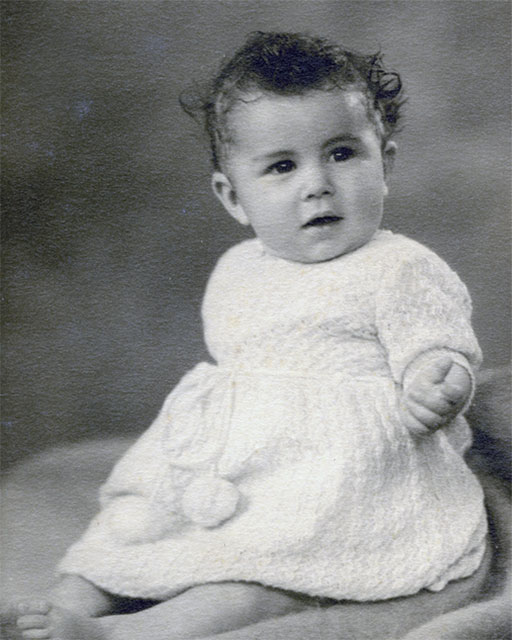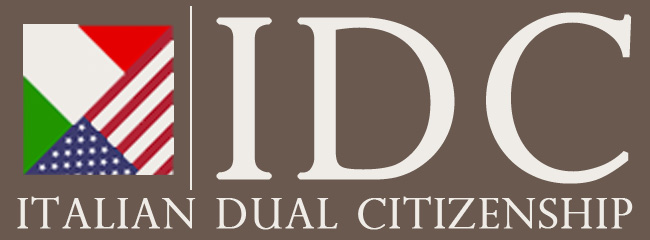
If you are considering trying to obtain Italian citizenship, you are not alone. Many people want to have dual citizenship in Italy, but they are not entirely certain of how to obtain that citizenship. Most people question if it will actually be possible to have citizenship in Italy while still keeping their current citizenship and passport. Often, the answer is yes (especially in the USA, UK, Canada, Australia, & South America), but it is important to have an understanding of the rules and how they apply, as well as what you will need to do in order to get dual citizenship.
Many countries today, such as the United States and Italy, allow for dual citizenship. Italy currently does not have a maximum number of citizenships that are person might hold, as long as the other countries where they are citizens also allow it.
History of Dual Citizenship in Italy
Italy was not always a proponent of dual citizenship. In fact, it was not allowed in the country between 1912 through 1992. During that time, a number of people from Italy who emigrated to the USA actually lost their Italian citizenship. This is something that you will want to consider closely when you are attempting to get Italian citizenship through descent. You will need to make sure that you could find if your ancestors had the right to pass on Italian citizenship to their child. This would be the next direct connection that you would have in your family that leads to Italy.
According to Law No. 555 of 1912, there were provisions for children of people who were naturalized as citizens of a different country after the birth of the child. What does this mean? It simply means that if the last Italian-born ancestor was still a citizen of Italy when their child was born in the United States, you could qualify. This is because according to Italian law, citizenship is automatically past from parent to child at the time of birth. Regardless of where the child was born, as long as they were born to an Italian citizen of someone that qualified for the right to claim Italian citizenship, the child can claim Italian citizenship. This provision allowed for the children of Italian citizens to have dual citizenship status. This is how Jure Sanguinis cases are often able to provide dual citizenship.
This Italian citizenship is not just limited to that first child that was born in the United States. It is generational, meaning that the Italian citizenship can be passed down through the generations without any limitations. The only caveat to this is if the last person born in Italy died before 1861. It allows for many people today who have Italian ancestors to quality for dual citizenship based on their blood.
If the father of that child had been naturalized before the child was born, the child and further generations would not be considered dual citizens. This is because according to the Italian government, anyone who became naturalized in another country had renounced their citizenship to Italy whether they were aware of it or not. Therefore, the Italian citizenship stops at naturalization and can’t be passed down to offspring. This law was in effect until 1992.
How the Case Differs for Women Married to Italian Men
It a foreign woman was married to an Italian man before April 27, 1983, she would automatically receive Italian citizenship through marriage to her husband. If that citizenship through marriage was allowed in her country of origin, then she would be considered to be a dual citizen. This would be the case even if the husband did not know he was a citizen of Italy or if she knew that she was a citizen because of him.
Therefore, it could be possible to make a claim for Jure Sanguinis through a female, even if she never knew she was Italian if she was married to him before he naturalized, or if he never naturalized. This is because, at the time, the wife’s citizenship was based on the citizenship status of the husband.
It is also interesting to note that before January 1, 1948, it was only possible to pass on Italian citizenship through the male line. If the female was the only Italian ancestor, it would not be possible to receive Italian citizenship through her. You would have had to find the next person in the line that was born before 1948. A judicial case in 2009 was able to retroactively recognize the rights that were granted to women in Italy by the 1948 Italian constitution. It helped to make it possible to make a claim for citizenship under an Italian born female who gave birth before 1948.
Why Did Italian Citizenship Laws Change in 1992?
Before 1992, anyone who chose to become a citizen of another country would automatically lose their Italian citizenship. The only way for someone to have become a dual citizen at that time was for the child to have been born before the parent naturalized and became a citizen of another country. This was because the child would be unable to renounce their own citizenship and would not be able to swear allegiance to another country.
It was on August 15, 1992, that the law changed in Italy. It was possible for citizens to become citizens of another country and still keep both passports. When this was first enacted, it was required that anyone who did this needed to let their local municipality or consulate know within three months of receiving another citizenship. Failure to let them know would result in a fine. Eventually, it was no longer required to let the municipality know, and it has become much easier for Italians to get a second citizenship without worrying about needing to renounce citizenship in the country of their birth.
This means that someone who has a father born in Italy who became a naturalized citizen of the United States after 1992 would have the right to dual citizenship. However, if they were naturalized before 1992, the chain would be broken, and the only way to become a citizen of Italy would be through naturalization, which first requires three years of living in Italy.
Get Help with Dual Citizenship
Navigating dual citizenship can be challenging to attempt to do on your own. Instead of attempting to navigate the waters on your own, it makes more sense to get some help from the professionals who can provide you with guidance on what you need to do and what type of paperwork you will need to produce. Contact us to speak with an Italian citizenship specialist.





